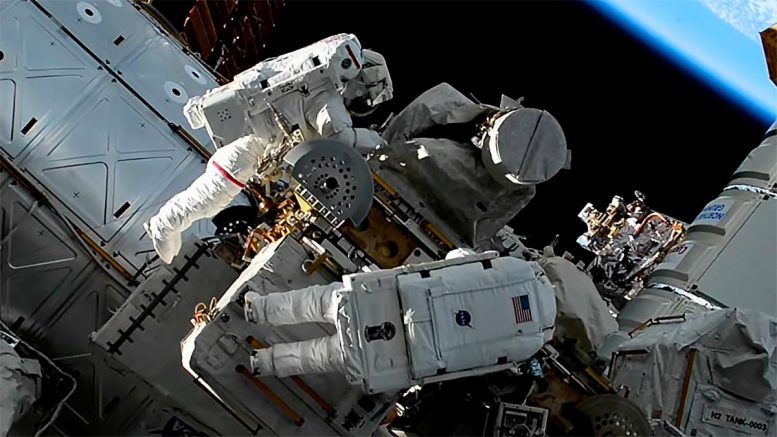
NASA astronauts Jasmin Moghbeli (top) and Loral O’Hara (bottom) team up during their first spacewalk for maintenance on the outside of the space station. Credit: NASA TV
Stepping out for a spacewalk at the space station …
The first asteroid flyby for NASA’s Lucy spacecraft …
Signing up for safe and peaceful space exploration …
A few of the stories to tell you about – This Week at NASA!
Stepping out for a spacewalk at the space station.
NASA astronauts Jasmin Moghbeli and Loral O’Hara conducted a November 1 spacewalk outside the International Space Station.
During the outing they worked on some hardware that enables the station’s solar arrays to rotate properly as they track the Sun.
This was the first spacewalk for both Moghbeli and O’Hara.

NASA Administrator Bill Nelson, left, NASA Deputy Administrator Pam Melroy, Harm van de Wetering, director of the Netherlands Space Office, Ambassador of the Netherlands to the United States Birgitta Tazelaar, and Chiragh Parikh, executive secretary of the National Space Council, pose for a picture after the signing of the Artemis Accords, Wednesday, November 1, 2023, at the Dutch Ambassador’s Residence in Washington. Netherlands is the 31st country to sign the Artemis Accords, which establish a practical set of principles to guide space exploration cooperation among nations participating in NASA’s Artemis program. Credit: NASA/Joel Kowsky
And signing up for safe and peaceful space exploration.
During a November 1 ceremony at the Dutch Ambassador’s Residence in Washington, the Kingdom of the Netherlands became the 31st country to sign the Artemis Accords.
The Artemis Accords establish a practical set of principles to guide space exploration cooperation among nations, including those participating in NASA’s Artemis program.
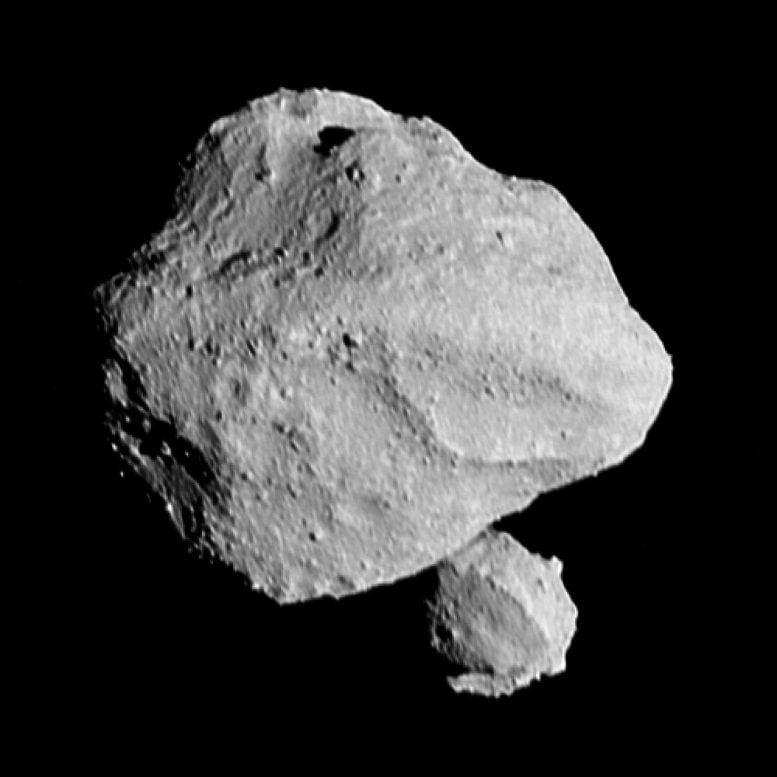
This image shows the “moonrise” of the satellite as it emerges from behind asteroid Dinkinesh as seen by the Lucy Long-Range Reconnaissance Imager (L’LORRI), one of the most detailed images returned by NASA’s Lucy spacecraft during its flyby of the asteroid binary. This image was taken at 12:55 p.m. EDT (1655 UTC) on November 1, 2023, within a minute of closest approach, from a range of approximately 270 miles (430 km). From this perspective, the satellite is behind the primary asteroid. Credit: NASA/Goddard/SwRI/Johns Hopkins APL/NOAO
The first asteroid flyby for NASA’s Lucy spacecraft.
NASA’s Lucy spacecraft got a surprise when it flew by asteroid Dinkinesh on November 1 – the first of multiple asteroids Lucy will visit on its 12-year voyage. Images captured by Lucy revealed that Dinkinesh is not just a single asteroid, as we thought, but a binary pair.
The primary aim of the Lucy mission is to survey the Jupiter Trojan asteroids, a never-before-explored population of small bodies that orbit the Sun in two “swarms”
that lead and follow Jupiter in its orbit.
This animation shows global sea level data collected by the Surface Water and Ocean Topography satellite from July 26 to August 16. Red and orange indicate higher-than-average ocean heights, while blue represents lower-than-average heights. Credit: NASA/JPL-Caltech
Data collected by the Surface Water and Ocean Topography or SWOT satellite during its first full 21-day science orbit was used to compile this animation of global sea surface heights.
SWOT is measuring the height of nearly all water on Earth’s surface, providing one of the most detailed, comprehensive views yet of the planet’s oceans, freshwater lakes, and rivers.
That’s what’s up this week @NASA!


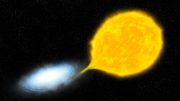

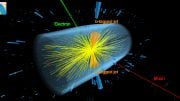
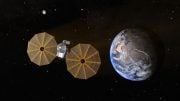
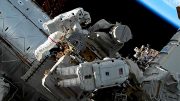
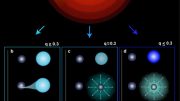

The birth of the sun and the planets billions of years ago, the radius of the sun when it was a mass of dust and gas extended to the ends of Pluto’s orbit, but it is possible that the radius of the sun was more than that.Astronomers cannot estimate the exact radius of the sun.Their number is four except for Pluto.They were not next to the Sun before, Mercury, Venus, Earth and Mars, but four very large gas planets, Neptune, Uranus, Saturn and Jupiter.The birth of this star was active.The gas planets were separated from the sun by intense reactions in the core and the explosions of four gas planets.The weight and mass of Jupiter, Saturn, Uranus and Neptune from the beginning of their formation and separation from the core of the sun were heavy and heavy in every half revolution that two The big arm of the Milky Way Galaxy revolves around every hundred million years, this arm collides with the Sun and the planets Neptune, Uranus, Saturn and Jupiter.In the first collisions, there were no rocky planets like Earth and Mars next to the Sun.Rocky planets from the star systems of the Milky Way arm to the system.The sun came, also all the moons of the solar system came here from the planets next to the stars of the branch of the galaxy and formed four rocky planets such as Mars, Earth, Venus, and Mercury, and all the moons that were identifiedby the probes of the NASA organization are 234 moons, we call them Originally, the moons were not moons, they were the planets of the arm of the galaxy, all those moons that came to our solar system with their stars, why did the starsof the arm of the Milky Way galaxy along with their planets come to the sun because of the very, very strong gravity and attraction of the sun And Jupiter and Saturn, hundreds of stars and planets came to the objects of our solar system from the twobig arms of the galaxy in the time of billions of years.This is a very interesting thing that I discovered in the solar system and the Milky Way galaxy Doctor mehrdad iran tehran